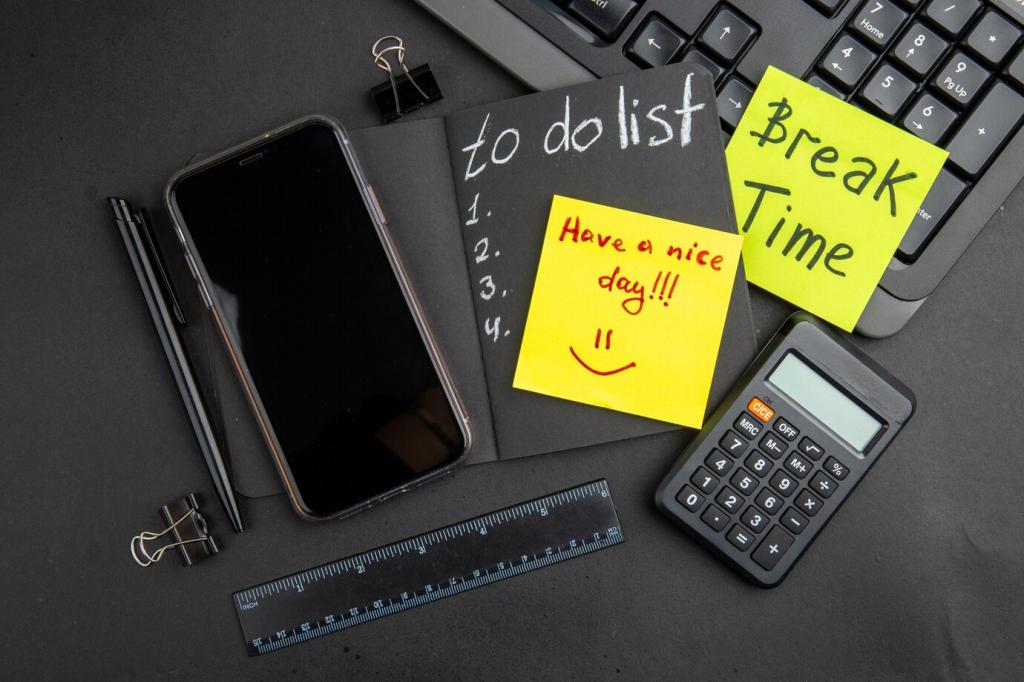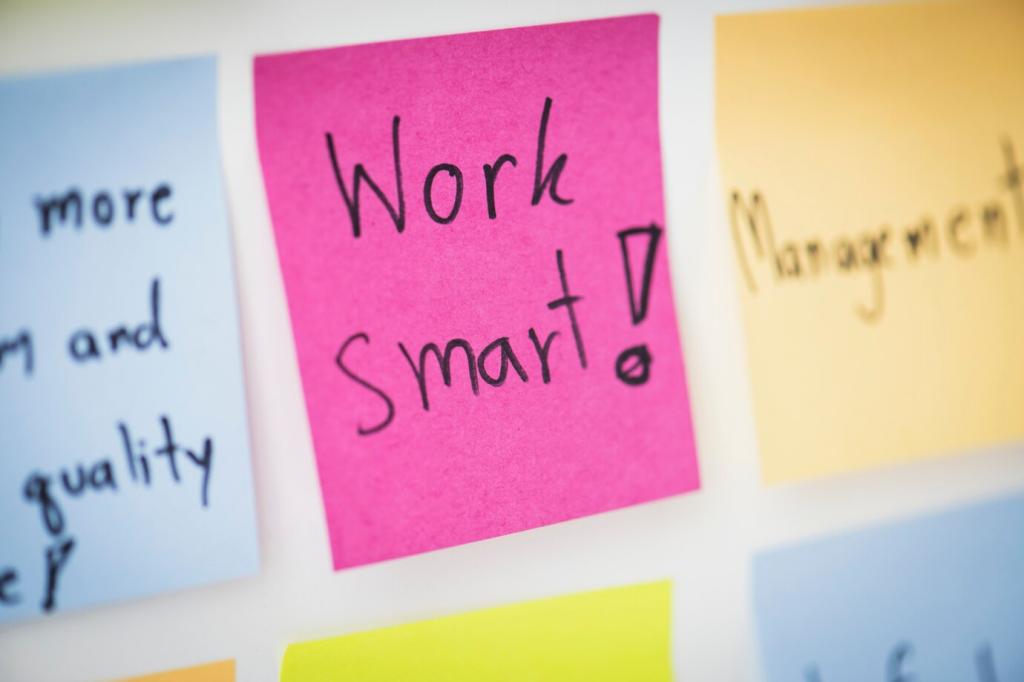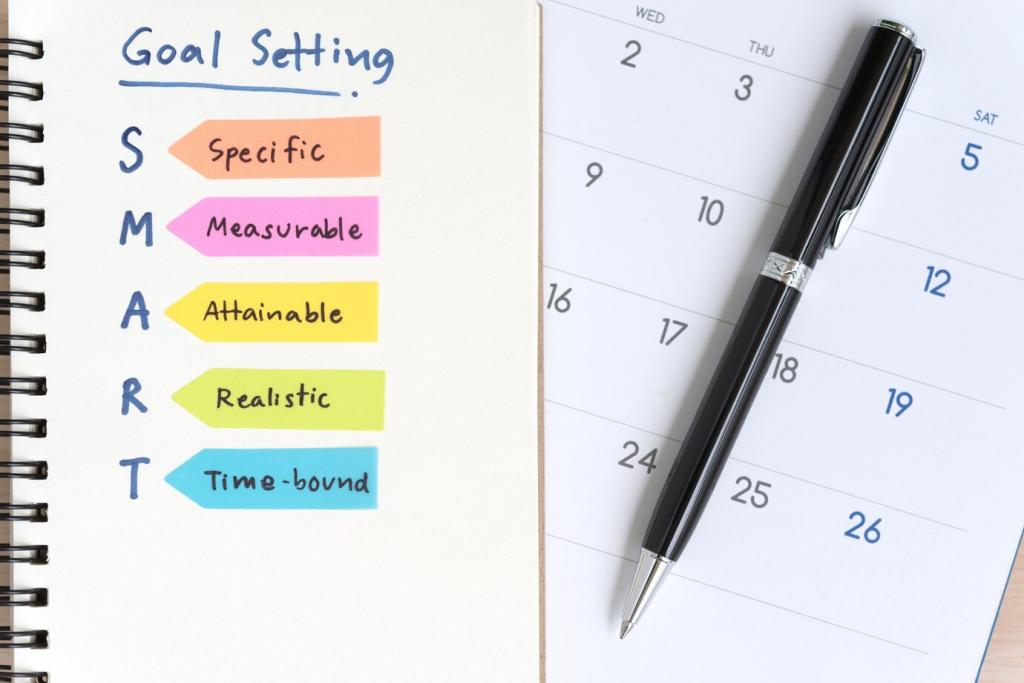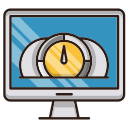Chosen theme: Improving Remote Team Collaboration Tools. Welcome to a practical, people-first guide to making your distributed teamwork smoother, calmer, and reliably productive. We blend tested tactics, vivid stories, and simple habits you can apply today—subscribe and join the conversation.
Spot the Gaps: A Practical Audit of Your Collaboration Stack
Trace how a question becomes a decision: where it’s asked, where it’s clarified, where it’s captured. When this path is explicit inside your collaboration tools, handoffs shrink, confusion fades, and progress becomes visible to everyone, asynchronously.
List overlapping features across tools—chat threads, task assignments, file previews, or approvals. Consolidate to the clearest home for each workflow, then archive the rest. Share your top redundancy surprise in the comments to help others avoid the same trap.
Measure what matters: response times, async decision cycle length, meeting hours per person, context-switches per day. Use your collaboration tools’ analytics to set baselines, then celebrate small, steady improvements with the team to reinforce better habits.

Make Meetings Matter with Smarter Video Collaboration
Agenda Templates Inside the Tool
Use a shared, recurring agenda template tied to your meeting event. Pre-load decisions, blockers, and owner-by-item. When your collaboration tools tie agenda to action items, meetings start on time and end with clarity—not another vague to-do list.
Live Notes, Clips, and Action Items
Enable collaborative notes, timestamped clips, and automatic task creation during the call. Assign owners before leaving. This transforms meetings into searchable assets that accelerate future work, especially for teammates who could not attend live.
Rotate Time Zones Fairly
Publish a rotation schedule and stick to it so inconvenience is shared, not silently carried. Annotate recordings with key decisions and next steps. Invite feedback on the rotation inside your collaboration tools to keep the process humane and transparent.
Build a Living Knowledge Hub
Create a decision log template with context, options considered, final choice, owner, and date. Link related threads and files. Over time, this gives your remote team a clear trail of why things happened, reducing repeat debates and onboarding friction.
Build a Living Knowledge Hub
Bundle the essentials by role: tools to join, channels to follow, projects to watch, and first-week checklists. Use wiki paths and lightweight quizzes to confirm understanding. Invite new hires to comment where explanations feel thin or outdated.




Integrations and Automation: The Quiet Superpower
Route important messages directly into trackable tasks with owner, due date, and status. This reduces lost context and ensures conversations lead to execution. Share your favorite chat-to-task integration so others can replicate your setup quickly.
Integrations and Automation: The Quiet Superpower
Create structured forms for common asks—design requests, access tickets, data pulls. Auto-assign to the right queue with clear SLAs. Standardization inside your collaboration tools removes ambiguity and shortens turnaround without extra coordination overhead.




Measure, Learn, Iterate
Track thread resolution time, orphaned tasks, meeting volume, and knowledge base freshness. Visualize trends monthly. Share results openly so the team sees progress and suggests experiments grounded in real collaboration data, not hunches or complaints.
